Thermal Imaging Technology in Construction Safety
During the implementation of construction projects, there are many unpredictable risks. To minimize these risks and ensure that the project can proceed smoothly, employing cutting-edge technical methods is essential. Thermal imaging as a technology that has demonstrated its excellent performance, provides us with an effective way to identify potential hazards. By utilizing thermal cameras, professionals can not only easily identify anomalies that cannot be detected by the naked eye, but also predict potential safety hazards and prevent related accidents.
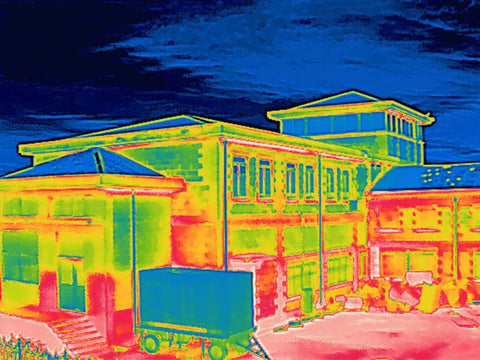
The core of thermal imaging technology lies in its unique ability to generate detailed visual images of temperature distribution by capturing infrared radiation emitted from objects. This technology holds significant value for professionals in the field of construction. They can utilize this advanced technology to identify and assess potential structural defects in buildings, such as missing insulation or leakage issues. These defects can pose serious threats to the overall stability of buildings, making timely detection and corrective action crucial.

With the aid of thermal imaging technology, professionals can conduct regular inspections during construction or operational phases to ensure all structural components are in optimal condition. This not only saves costs on future repairs but also greatly enhances the safety and durability of buildings. Additionally, this technology can be used to monitor energy consumption by revealing unnoticed heat dissipation, thereby optimizing indoor environmental comfort.
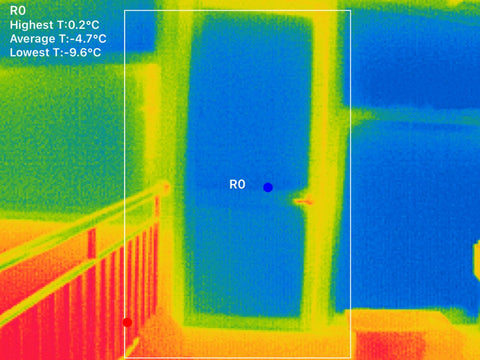
Building issues can cause serious structural damage and significant safety risks. However, these problems are not always easily identifiable by the naked eye. Moreover, traditional detection methods are often time-consuming and frequently involve destructive testing. Fortunately, thermal imaging cameras provide architects and construction experts with an efficient and reliable way of discovering and addressing potential structural defects.
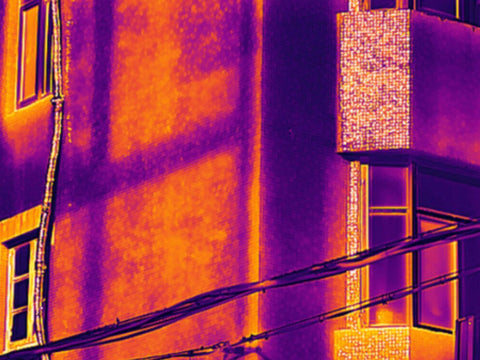
Using thermal imaging cameras, construction teams can quickly and accurately identify heat loss or cold spots within walls, ceilings, or floors. This visual technology enables construction professionals to effectively pinpoint areas of poor air sealing and insulation. Once these abnormal areas are identified, professionals can take measures to address the issues promptly, thereby optimizing the building's performance and preventing further damage.
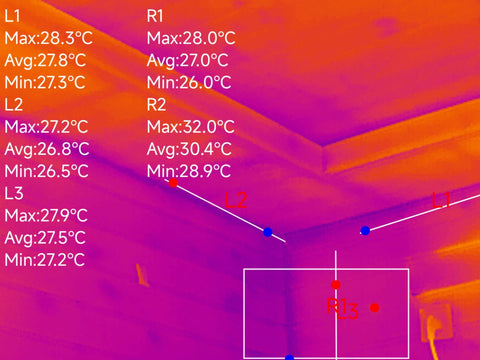
In addition to structural issues, fires can also lead to catastrophic consequences, endangering lives and causing property damage. Therefore, thermal imaging cameras are invaluable tools that can detect fire hazards before fires occur. These cameras can identify abnormal heat signals that may indicate electrical faults, equipment overheating, or other fire risks. By detecting these anomalies early, construction teams can intervene promptly, preventing fires from escalating and safeguarding the safety of workers and assets.
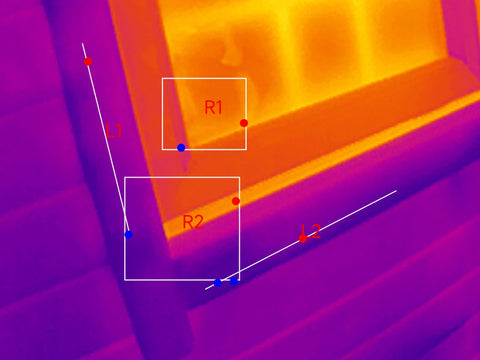
In today's construction safety field, thermal imaging technology is widely adopted for its unique advantages and potential. Companies like InfiRay, as pioneers in this field, have elevated this technology to new heights of precision and clarity with innovative temperature measurement algorithms. These algorithms can accurately capture and analyze subtle changes in thermal signals, ensuring meticulous monitoring of every corner of construction sites.
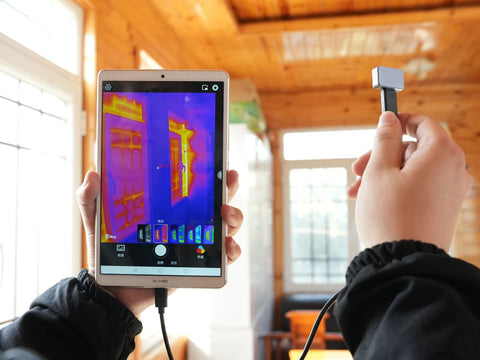
With the development of artificial intelligence and machine learning technologies, these advanced algorithms demonstrate tremendous potential in automatically detecting thermal anomalies. At Xinfrared, we continuously strive for breakthroughs and innovations in infrared technology, believing that this will greatly enhance construction safety standards.




